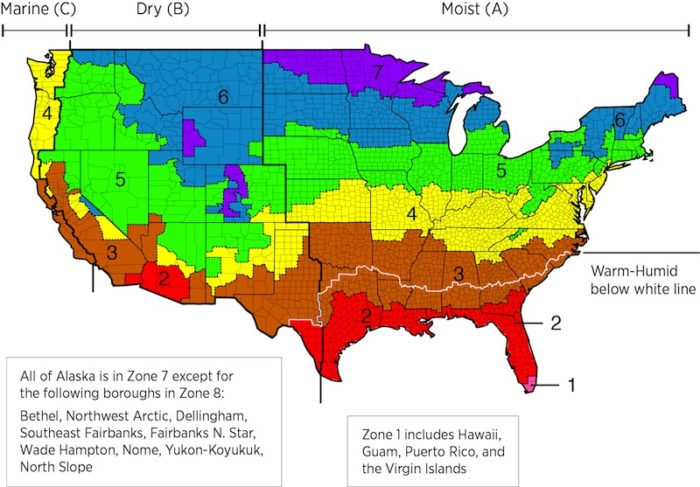
Image Credit: International Code Council
Energy codes have all kinds of requirements. You have to have certain R-values in walls, floors, and ceilings. Your windows have to have the right U-values and solar heat gain coefficients. The infiltration rate and duct leakage have to be measured and come in below a threshold for your climate zone. And then there are the different pathways for compliance: prescriptive, UA tradeoffs, performance, or HERS Index. But what if all you needed to do was to hit two numbers?
The Perfect Energy Code
Henry Gifford and Chris Benedict put on a little 10 minute, one-act play last year called The Perfect Energy Code (watch below), and they propose a dramatic simplification of the energy code in New York City. No more energy modeling. No more reference designs. No more prescriptive or performance paths. Just hit their two numbers with your design and you get your permit. Install the equipment you designed into the building and you get your certificate of occupancy (CO).
Simple enough for you? Watch the video to see what they say about it.
The only two numbers you need
The two numbers they put in their perfect energy code are described in the screenshot (at left) from the video.
You design your building and specify the heating and cooling equipment you’re going to use. Then divide the total input capacity of those systems by the square footage of the building. They give 15 BTU per hour per square foot for heating and 5 Watts per square foot as the thresholds for New York City.
For the nitpickers: Yeah, those equations above shouldn’t both have an x on the right. If the heating has to be less than x, the cooling would need to be less than y, but you get the point.
Each location would then have its own numbers for x and y. The colder the climate, the bigger the x would be. The hotter the climate, the bigger the y would be. It’s a lot like the new climate-specific passive house standard from PHIUS in that way. Those numbers would also have to depend on what type of building it is. Supermarkets, hotels, schools, and homes have different needs and consumption patterns.
Their numbers are a kind of energy use intensity (EUI), which is the energy consumed by a building per square foot. Normally it’s calculated for all energy used over the course of a year. Their numbers are based only on heating and cooling rather than all energy, and they use rated input energy rather than actual measured energy use.
Could it work?
It would definitely be simple. It also, as they say in the video, would eliminate a lot of the ways people game the system with energy modeling. Verifying compliance would be a breeze, too. So what are the downsides?
The designers of new buildings would still have to do some modeling to make sure they size their systems properly. They’d still have to make sure the building enclosure is well-insulated and airtight, as long as the x and y are low enough for the climate and building type. If the equipment specified turned out to be inadequate because of poor building design or installation problems, someone would have to pay to fix the problems.
Will people try to cheat? Probably. But with a simpler energy code, it would be harder to cheat, I think. What could they do? Install one system for the final inspection and then replace it with a bigger one after they get the certificate of occupancy? Try to have extra capacity hidden in the building somewhere and hope the inspector doesn’t find it? Come in afterward and install minisplit heat pumps if there are problems? Certainly possible — but not smart.
I think something like this really could work.
Allison Bailes of Decatur, Georgia, is a speaker, writer, energy consultant, RESNET-certified trainer, and the author of the Energy Vanguard Blog. Check out his in-depth course, Mastering Building Science at Heatspring Learning Institute, and follow him on Twitter at @EnergyVanguard.
Weekly Newsletter
Get building science and energy efficiency advice, plus special offers, in your inbox.






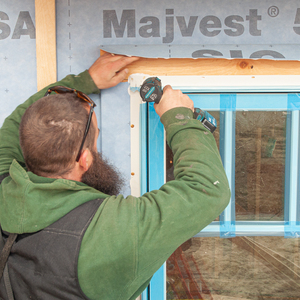
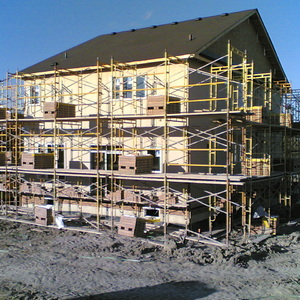
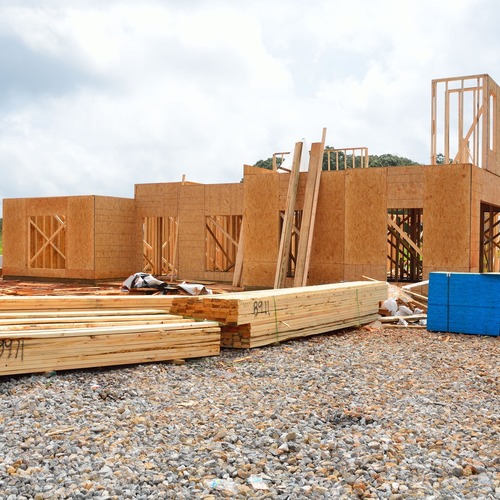
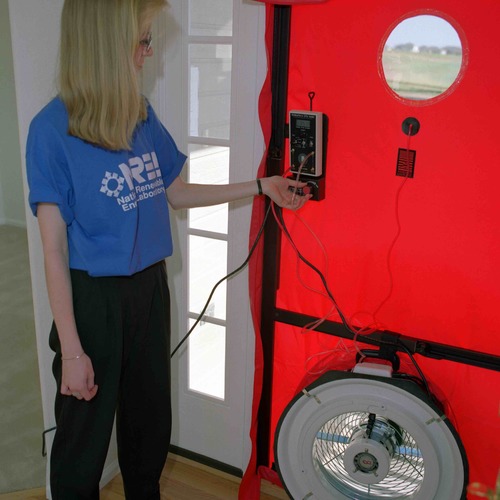






8 Comments
analogies to Swedish Passive House standard
Hans Eek of the Swedish Passive House Institute (and one of the founding fathers of the Darmstadt Passive House movement) has taken a similar approach to the Swedish version of the Passive House standard. Sweden is split into 3 climate regions, with 3 corresponding standards, each based only on calculated peak heating demand: 15 W/m2, 16 W/m2, and 17 W/m2. Simple and effective. There's no cooling load to speak of in Sweden (yet) so they only have to do one calculation.
Doesn't this already exist?
I seem to remember somewhere in the IECC that articulated a system sizing limit as an alternative to modeling and prescriptive pathways. I seem to remember the number being about 1 Watt per square foot.
I work in non-IECC territory (i.e. California) and I know similar provisions exist, albeit with different numbers (5 BTU/hr-sq-ft for cooling and 10 BTU/hr-sqft for heating). Here, the code language is a little different-- a building is simply considered 'unconditioned' (in the energy code) if its HVAC system is smaller than those thresholds. Therefore, no performance or prescriptive documentation applies, though mandatory measures still apply.
BTW-- I like it too, Allison.
another possible problem-- a lot of my projects have very efficient envelopes (passive house level + airtightness), but also require pretty large AC units (5-10 tons per house). This is because the AC is both in charge of managing the envelope loads as well as the 'process' loads of lighting and equipment inside the house. And those loads can be exorbitant. If this new code compliance system were in place-- then I would put in a small heat pump system to cover the envelope, and then put another one in (as large or larger) to cover the process loads.
Or would the code limit the processes allowed in a house?
sheez... it's getting complicated again.
huh?
What am I missing in the video? 4200 / 42000 is not 10.
_H*
Response to Hobbit
Hobbit,
Good catch. Chris Benedict is definitely confused. No one makes a 4,200 Btu/h boiler. (Sometimes I wish that someone would... but that's another story.)
For a big 42,000 square foot commercial property in NYC, I think she must have been thinking of a 420,000 Btu/h boiler.
No more complicated than the tax code
Like our income tax code, the complexity would end up in the definitions and exceptions. The basic rule for income tax is pretty straight forward. If your income is between x and y, then your tax due is w + (income-x) * z. It gets complex because some types of income get taxed differently or excluded altogether and we need lots of rules to define those types of income. It also gets complex because of all the credits we put in to incentivize particular things.
This proposed energy code would be subject to the same complexity. Every time someone has a building that has different heating or cooling needs, they would lobby to add a new building type. If they succeed, the building type would need a proper definition. Someone would need to specify how much marijuana one must grow to qualify for the "grow house" classification. Specifying the rated capacity for a gas heater is simple enough, but the rules for an air source heat pump that has outside temperature dependent capacity would be more difficult. How do you count the backup resistance capacity? How do you apply the cooling rule if you have a heat pump sized based on the heating load, or vice versa? Someone will lobby for, and probably get, special allowances for "greener" types of heating and cooling equipment. We also need rules for calculating square footage. Of course, someone will lobby for special rules for particular types of rooms, such as rooms with high ceilings.
With this type of code, it would be important to re-certify after an HVAC change, whereas we are not that worried about homeowners removing insulation. We would need special rules for re-certifying a house that was originally certified under an old energy code. How would additions be handled. An energy code can specify insulation levels for the addition that do not depend upon the rest of the building, but we would need rules that say how much of the HVAC capacity would count against the addition.
Response to Luke Morton
Luke,
I'm surprised to learn that you specify air conditioners rated at "5 to 10 tons per house."
Wow. Either your customers have very large homes, or they are growing a lot of marijuana.
Luke and existing code language
yes it does - but only gets you exempt for the enclosure portions of code:
http://publicecodes.cyberregs.com/st/ny/st/b400v10/st_ny_st_b400v10_11_sec001.htm
N1101.1.2 Exempt Buildings.
N1101.1.2.1 Low energy buildings. The following buildings, or portions thereof, separated from the remainder of the building by building thermal envelope assemblies complying with this chapter shall be exempt from the thermal envelope provisions of this chapter:
1. Those with a peak design rate of energy usage less than 3.4 Btu/h per square foot or 1.0 watt per square foot (10.7 W/m2) of floor area for space conditioning purposes.
This is very close to the load requirement of Passive House of 10 W/m2.
Chris and Henry's idea is excellent. To offer a tweak - Perhaps if the building got Passive House certification (dramatically increasing compliance rate) the building could be completely exempt from the entire energy code, and back to their basic idea.
one measure, late in the game
Simplicity would be nice, but I think Reid is right that specifics and exceptions inevitably lead to complications. Also, what if the test fails- i.e. the mechanical system doesn't work, or is larger than that specified? We still need some milestone checks in the process, i.e. what insulation, windows, air-tightness are specified that will lead to the bottom-line mechanical system size.
All that said, I think it's a good idea as a bottom-line check and measure.
Log in or create an account to post a comment.
Sign up Log in